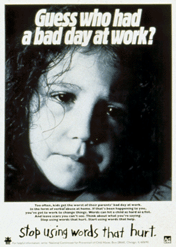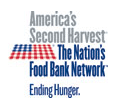A few years back it was not
unusual for graduating seniors to
decorate their caps and occasionally
their gowns with signs like Thanks,
Mom and Dad, and You’ve
Always been There for Me.
Chapter 7 brings home the importance
of kinship as an asset when life takes
a horrific turn. Note that kin as
Shipler uses the term extends beyond
relatives by blood or marriage into
the larger network of friends, church members, and others who provide support in times of need. When those networks fail we can find ourselves in dire times, indeed. Some of this chapter may bring some of you close to tears, but it may also give you a sense of how, occasionally, persons rise to bad occasions through noble actions.




 Michael R. H. Swanson, Ph. D.
Michael R. H. Swanson, Ph. D.








 Office: CAS 110
Office: CAS 110









 Hours, T: 9:30 - 11:00
Hours, T: 9:30 - 11:00 






 MWF: 1:00 - 2:00
MWF: 1:00 - 2:00








 Phone: ext 3230
Phone: ext 3230






